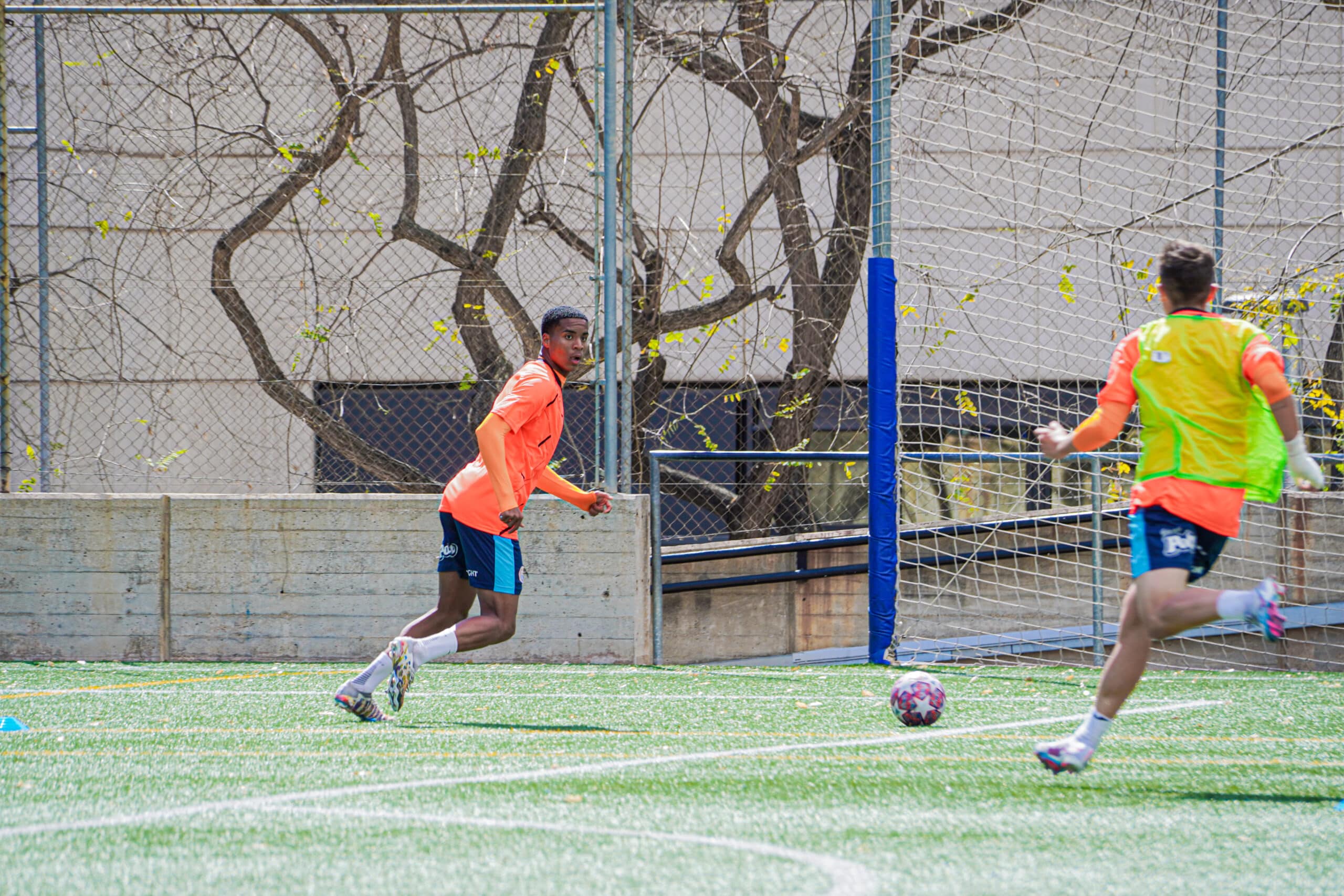In today’s article, the objective is to explain the session structures within the player’s technification period, and all the elements that make it up.
Therefore, we will try to answer the following questions: How is a session structured? What didactic strategies are available in this period? Which are the most suitable for training the different types of content? How are these new didactic strategies implemented?
The Session Structure
First of all, it is necessary to highlight that the structure of the session in the technification period has its own characteristics and is different from those of the previous period – the initiation. These changes in the structure are due to the fact that the content to be trained are different and involve making adjustments in order to get the most out of all of them.
In addition, a new phase is added that will precede the activation phase, called the activation sub-phase. This new phase corresponds to physical preparation, injury prevention or very specific work on other content related to biomechanics, for example.
Continuing with the analysis of the structure and the differences with respect to others, the main phase is only allocated to two tasks instead of three – as was the case in the previous period. This modification will allow more time to be spent on the tasks, thus achieving greater depth in them.
Session Parts:
Information Phase: explain to the players what is to be trained and in general terms how (objectives, content and didactic strategies).
Activation Sub-Phase: specific initial activation for conditional development (adjuvant), injury prevention or very specific work on other content (biomechanical or other aspects).
Activation Phase: The development of complementary skills continues, following the same idea as in the previous period. From the end of this, work begins on the most important phase.
Main Phase: the specific objective set out in the session is aimed to be achieved. The content of the specific block (Universal Collective Fundamentals and Game Model) are also added. To differentiate it, this phase is divided into two tasks: one less specific and one more specific.
Cooldown and Reflection: Range of Motion work is enhanced and feedback on the session is given, which is still very important for the player’s awareness of the main content.
Didactic Strategies
Once the importance of structuring a session has been specified and the parts that make it up to train the different blocks of content have been developed, the next step is to know how this content should be trained in the technification period in order to achieve the objectives set for the session.
It must be taken into account that the current period needs an evolution in the strategies to reach and develop new DSs that are in accordance with the understanding and the level of the players and the team. As the contents to be trained change, the contexts for their learning will also change.
Conclusion
Having a well-organised session structure in phases will facilitate the coach’s work when carrying out training sessions and knowing what objectives are being pursued at each moment, thus managing to focus attention on strengthening the teaching-learning mechanisms.
On the other hand, the inclusion of new training content entails the appearance of new didactic strategies, especially for training the more complex ones, such as those of the specific block. These DS may be different depending on the phase of the session to be trained, but it is in the main phase where those that are closest to the chosen fundamental and its concept should be used.








